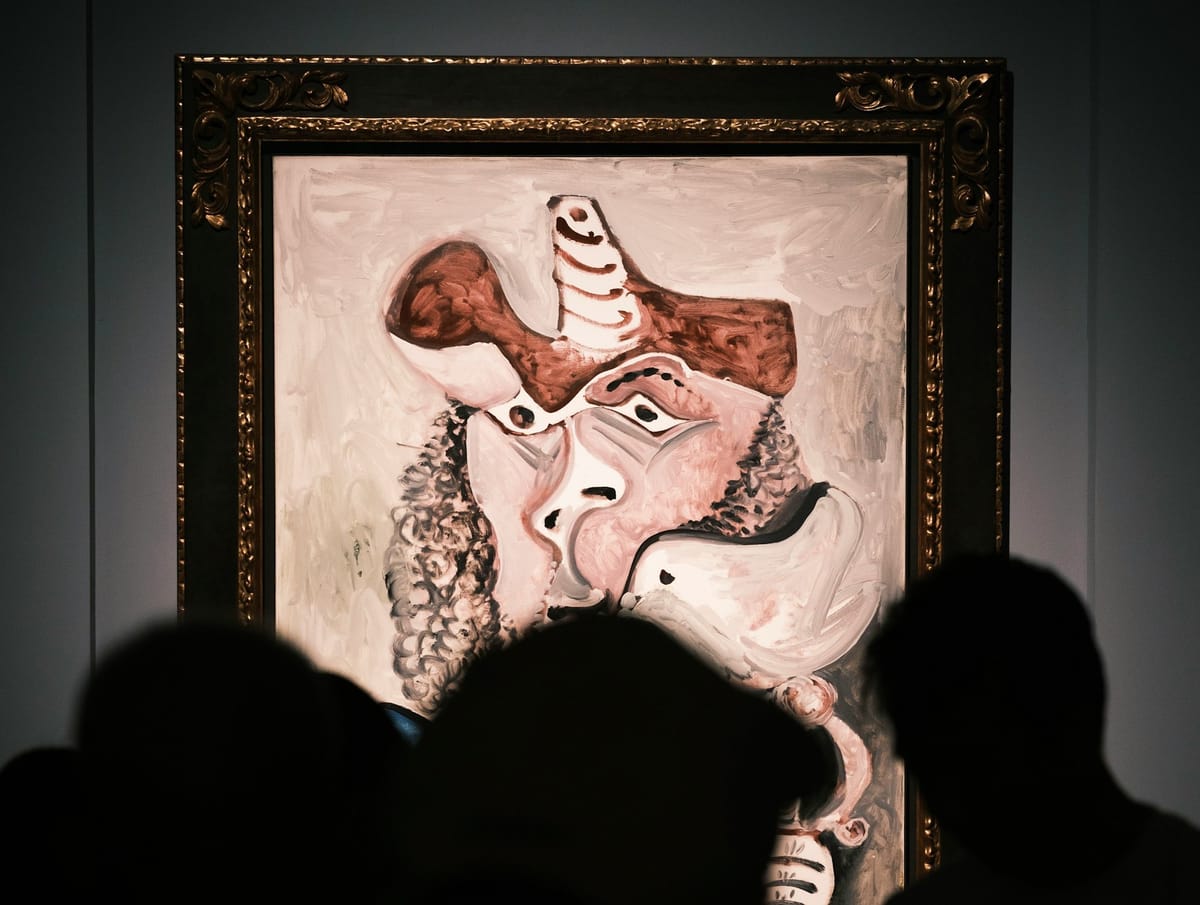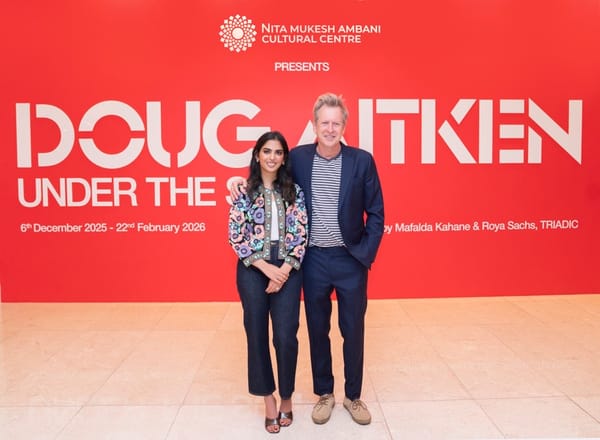How to Market Your Art Effectively
Marketing your art effectively means sharing your story with clarity and authenticity. Learn how to build visibility, connect with collectors, and sustain your artistic career through strategy, storytelling, and meaningful engagement.

For many artists, the act of creation is instinctive — a conversation between mind, hand, and material. But once the paint dries or the sculpture is complete, another, less romantic challenge begins: getting your work seen.
Marketing art effectively isn’t about self-promotion for its own sake. It’s about communication — finding the right audience and giving them a way to connect emotionally and intellectually with your work. Whether you’re an emerging painter hoping to sell your first piece or an established photographer looking to expand your collector base, thoughtful marketing can amplify your reach and sustain your practice.
Here’s a comprehensive guide to marketing your art effectively — without losing authenticity or creative integrity.
1. Know Your Story
Every artist has a story, and that story is your most powerful marketing tool. Before you think about platforms or strategies, define what makes your work distinct.
Ask yourself:
- What themes, emotions, or questions does my work explore?
- What motivates me to create?
- How do my materials, methods, or influences shape my art?
Buyers and collectors are drawn to narratives. When people understand the “why” behind your art, they connect more deeply. Your story doesn’t have to be dramatic — it just needs to be honest.
Consider writing a concise artist statement that reflects your creative philosophy. This will serve as the backbone of all your communications — from website bios to exhibition press releases.
2. Build a Strong Online Presence
In today’s art world, visibility begins online. Your website and social media platforms act as your digital gallery, open to viewers worldwide.
a. Create a professional website:
Your website should feature high-quality images of your work, an updated biography, artist statement, contact information, and (if applicable) a shop or portfolio section. Keep the design clean — let the artwork shine. Platforms like Squarespace, Wix, or WordPress offer elegant templates suited for artists.
b. Optimise for search (SEO):
Use keywords related to your medium, location, and themes so potential collectors can discover your work organically. For instance, “contemporary Indian abstract painter” or “fine art landscape photographer in London.”
c. Maintain consistency across platforms:
Ensure your name, style, and tone remain uniform on Instagram, Facebook, X (Twitter), and LinkedIn. Consistent branding helps audiences recognise your work instantly.
d. Focus on visual storytelling:
Social media thrives on visuals. Post not just finished artworks but also sketches, studio shots, and process videos. Audiences love seeing how ideas evolve — it makes them feel part of the journey.
Remember: it’s better to manage one or two platforms effectively than to scatter your energy across many.
3. Photograph Your Work Professionally
High-quality images can make or break your marketing efforts. A poorly lit or distorted photo can diminish even the most remarkable artwork.
- Use natural light or diffused artificial lighting to avoid harsh shadows.
- Shoot straight-on, ensuring your artwork’s proportions aren’t skewed.
- Include close-ups to capture texture and detail.
- Use neutral backgrounds when showcasing individual works.
If possible, invest in professional photography — especially for larger works or exhibitions. These images become invaluable for portfolios, press releases, and publications.
4. Identify and Understand Your Audience
Art doesn’t exist in a vacuum — it speaks to specific audiences. The better you understand who responds to your work, the more effectively you can market to them.
Think about:
- Demographics: Age, location, lifestyle, and income level.
- Psychographics: Interests, values, and cultural background.
- Collectors vs admirers: Some followers may love your work but not be ready to buy; nurture both relationships.
For instance, a photographer exploring urban isolation may resonate with city dwellers or design enthusiasts, while a folk-inspired painter might attract collectors of traditional or regional art.
Tailor your messaging to align with their interests and aspirations. Speak their language, not marketing jargon.
5. Build and Nurture Relationships
The art world is built on connections — with collectors, galleries, curators, journalists, and other artists. Relationships often lead to opportunities more than advertisements do.
a. Network organically:
Attend gallery openings, artist talks, residencies, and art fairs. Engage in conversations rather than sales pitches. Genuine interest leaves a stronger impression than self-promotion.
b. Maintain your mailing list:
Email remains one of the most effective tools for artist marketing. Use it to share exhibition updates, new works, and behind-the-scenes insights. Keep newsletters visually appealing and concise — once a month is ideal.
c. Collaborate:
Partner with other artists or local businesses for pop-up shows, charity auctions, or cross-promotions. Collaboration expands your audience and adds credibility.
d. Follow up:
When someone expresses interest in your work, follow up with a thank-you note or an update about similar pieces. Courtesy and professionalism often convert curiosity into commitment.
6. Present Your Work Professionally
How you present your work — both online and offline — speaks volumes about your artistic identity.
a. Pricing:
Research the market for comparable artists in your medium and career stage. Price consistently and fairly. Avoid undervaluing your work just to make sales; collectors respect confidence and consistency.
b. Framing and documentation:
Quality framing, proper labeling, and certificates of authenticity enhance perceived value. Even digital works should include metadata and clear usage rights.
c. Portfolio and press kit:
Keep a digital press kit ready with your bio, artist statement, selected images, and exhibition history. This makes it easy for galleries and journalists to feature you.
7. Approach Galleries Strategically
Gallery representation can elevate your profile, but cold-calling galleries rarely works. Curators prefer artists whose work aligns with their vision and audience.
Do your homework:
- Visit galleries to understand their curatorial direction.
- Follow them on social media before reaching out.
- When ready, send a brief, professional email with a portfolio link — no attachments unless requested.
Be patient: Gallery relationships take time. Even if you face rejection, maintain contact — curatorial tastes evolve.
Remember that many successful artists operate both independently and through galleries, balancing exhibitions with direct online sales.
8. Participate in Exhibitions and Competitions
Visibility is cumulative. Each exhibition, whether local or international, adds to your artistic résumé and credibility.
- Group shows help build connections and get your work seen by curators.
- Solo exhibitions allow you to present a cohesive vision once you’ve developed a strong body of work.
- Juried competitions offer exposure, press coverage, and potential sales.
Look for reputable platforms — museum-affiliated competitions, biennales, and online juried shows with strong followings. Even if you don’t win, participation enhances visibility.
9. Leverage the Power of Storytelling and Content
Marketing today is about engagement, not mere exposure. Tell stories that reveal your process, challenges, and inspirations.
Consider creating:
- Short videos of your painting or installation process.
- Blog posts or newsletters discussing themes behind your work.
- Studio diaries showing works-in-progress.
- Behind-the-scenes stories from exhibitions or residencies.
These narratives humanize your practice and make your audience feel invested in your journey. The goal is not constant self-promotion but building trust and emotional connection.
10. Explore Alternative Sales Channels
Traditional galleries aren’t the only way to sell art anymore. Many artists today combine physical and digital avenues for a hybrid approach.
a. Online marketplaces:
Websites like Saatchi Art, Artsy, and Etsy offer global reach, though competition is high. Curate your profile carefully, and update it regularly.
b. Artist-run initiatives:
Pop-up shows, art fairs, and open studios let you meet buyers directly. These events create personal connections and immediate feedback.
c. Limited editions and prints:
Offering affordable reproductions alongside original works can broaden your collector base without diluting your brand.
d. Corporate and interior collaborations:
Businesses often commission or license artworks for offices and hotels. These partnerships provide both income and exposure.
11. Balance Authenticity with Strategy
The most successful artists market themselves without feeling inauthentic. Authenticity doesn’t mean avoiding professionalism — it means aligning your marketing with your values.
Share what genuinely excites you, celebrate milestones without arrogance, and engage meaningfully with your audience. Marketing works best when it reflects who you are as an artist, not when it imitates others.
Above all, remember that consistency matters more than intensity. A steady rhythm of communication — through updates, newsletters, or exhibitions — builds long-term recognition.
12. Track What Works (and What Doesn’t)
Treat marketing as an evolving experiment. Analyse your data — website visits, social engagement, newsletter open rates, or sales inquiries — to see what resonates.
Did a particular Instagram reel lead to new followers? Did an email campaign result in sales? Use those insights to refine your strategy.
Marketing isn’t static; it grows alongside your art practice.
Marketing as an Extension of Creativity
At its best, marketing isn’t a separate activity from art — it’s an extension of the creative process. Just as a painting translates feeling into form, marketing translates that form into connection.
When approached thoughtfully, marketing allows your work to reach the people it’s meant to move. It sustains your practice, supports your growth, and ensures your voice resonates beyond the studio walls.
So, think of marketing not as self-promotion but as storytelling — an ongoing dialogue between artist and audience, creation and reception. And like art itself, the more authentic it is, the more powerful its impact will be.





